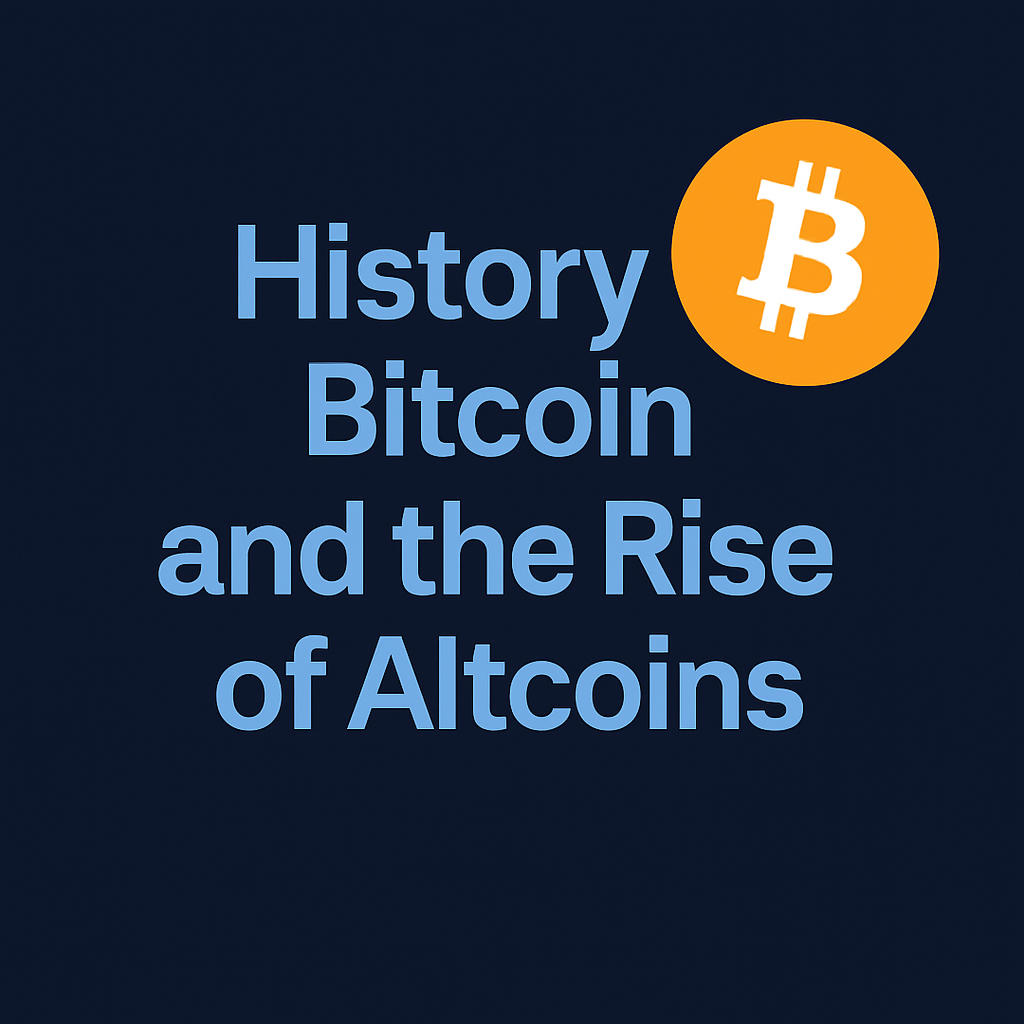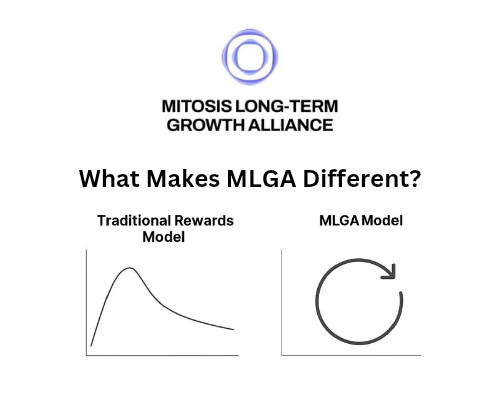The History of Bitcoin & the Rise of Altcoins

Let’s take a walk through how Bitcoin was born and how it led to the world of thousands of other coins called altcoins.👇
What is Bitcoin?
Bitcoin is the first-ever cryptocurrency, created in 2009 by someone (or a group) named Satoshi Nakamoto.
It’s digital money you can send to anyone, anywhere, without using a bank. It works over the internet, and no one controls it—not a company, not a government.
Why was Bitcoin created and how it works?
In 2008, the global economy crashed. Big banks failed, people lost savings, and trust in financial systems dropped.
Bitcoin was made as an alternative: money you fully own and control, that no one can freeze or take away. It’s all about freedom and fairness.
Bitcoin runs on blockchain technology—a digital record that tracks every transaction.
Think of it like a notebook that everyone can see but no one can change. Every 10 minutes, a new page (called a “block”) is added to the book.
What makes Bitcoin special?
- Limited supply: Only 21 million bitcoins will ever exist. This makes it rare like gold.
- Decentralized: No central authority controls it. It’s powered by computers around the world.
- Transparent: Anyone can check the transactions on the blockchain.
The rise of Altcoins 🌐
After Bitcoin proved that digital money could work, people began creating new coins to try new things. These are called altcoins—which just means “alternative coins” to Bitcoin.
Why did Altcoins appear?
Not every crypto wants to be just money. Some want to do other jobs:
- Ethereum (ETH): Lets you build apps and smart contracts.
- Litecoin (LTC): Like Bitcoin but faster and cheaper.
- Monero (XMR): Focuses on privacy and anonymous payments.
- Dogecoin (DOGE): Started as a meme, but became popular due to community support and Elon Musk’s tweets.
Each altcoin has its own purpose or improvement.
Altcoins = Innovation
Altcoins test new ideas. Some try to make payments faster. Others add privacy or support for NFTs and games.
While some altcoins fail, others become very useful. All of them help the crypto space grow and improve.
Altcoins are the research and development arm of the blockchain ecosystem. They test new consensus mechanisms (e.g., proof-of-stake, DAGs), explore scalability solutions (e.g., sharding, Layer 2s), and expand into sectors like:
- Privacy (Zcash, Monero)
- DeFi (Uniswap, Aave)
- NFTs and Gaming (Flow, Enjin)
- Interoperability (Polkadot, Cosmos)
While many altcoins fail due to weak fundamentals or lack of adoption, others pave the way for major breakthroughs in crypto and Web3 infrastructure.
Final thoughts
Bitcoin remains the foundational layer of the cryptocurrency ecosystem—an incorruptible monetary network with the longest uptime, strongest security, and highest market cap.
However, the true strength of crypto lies in its diversity. Altcoins are essential for innovation. They challenge assumptions, experiment with governance models, and introduce new economic primitives. From programmable finance to digital identity, altcoins expand the potential use cases of blockchain far beyond store-of-value.
In Summary:
- Bitcoin = Digital gold, the bedrock of decentralized finance.
- Altcoins = Innovation engines that push the boundaries of blockchain utility.
Both play a critical role in shaping the decentralized future. As we move forward, synergy between foundational networks like Bitcoin and next-gen platforms powered by altcoins will define the trajectory of the crypto space.
For More Info related to Mitosis please follow official links below
Mitosis Website : https://mitosis.org/
Mitosis Expedition : https://expedition.mitosis.org/
Mitosis Docs : https://docs.mitosis.org/

Comments ()